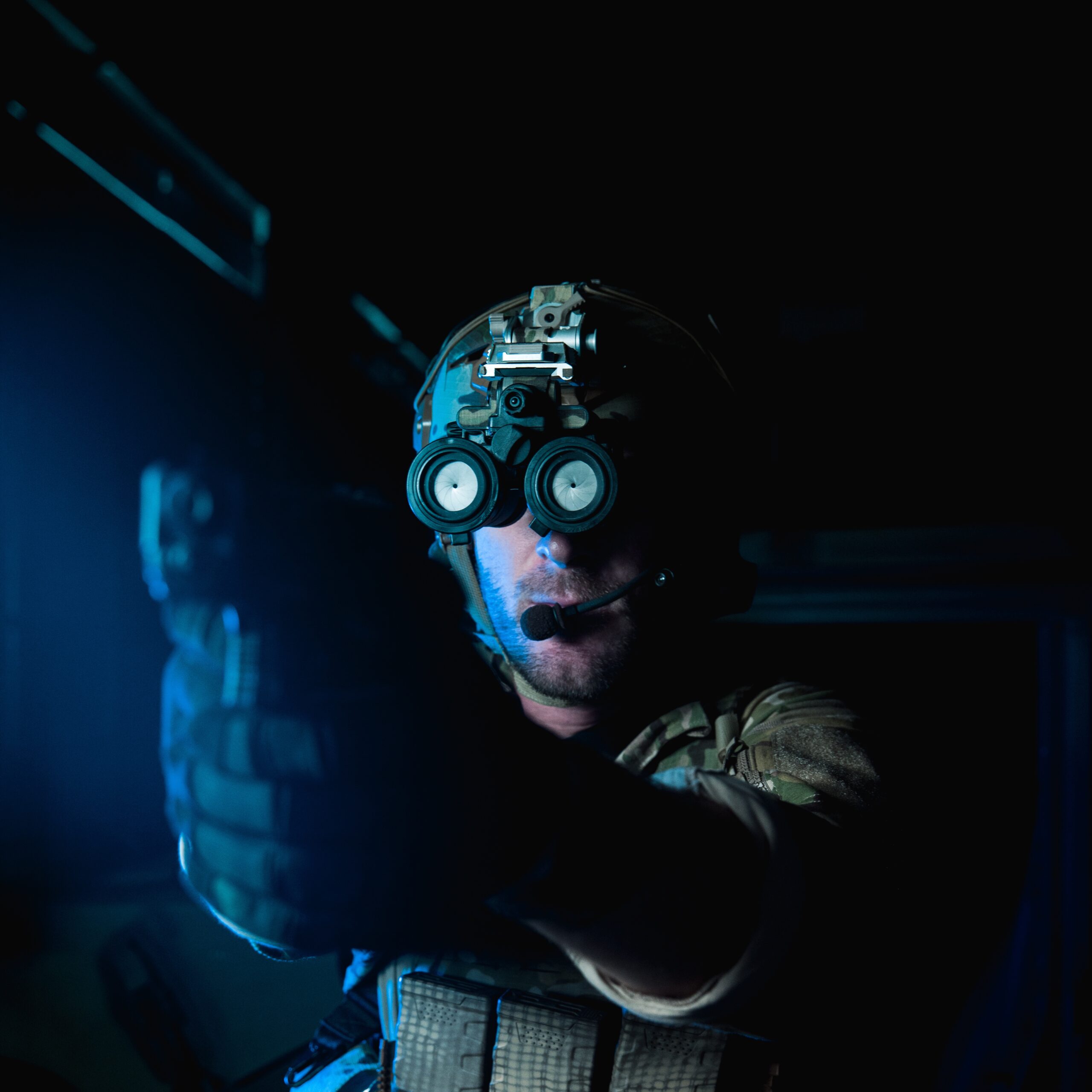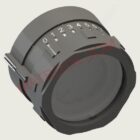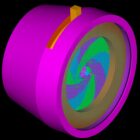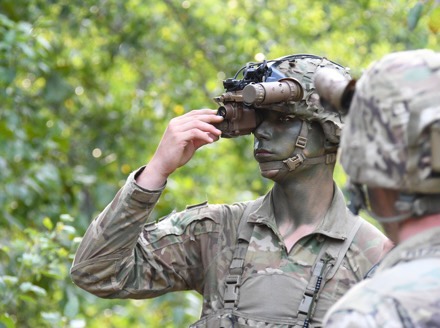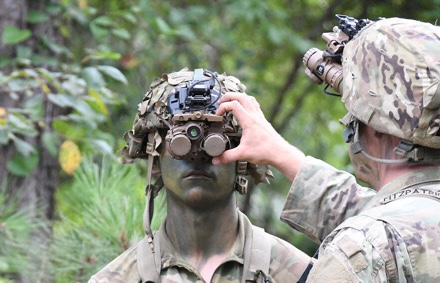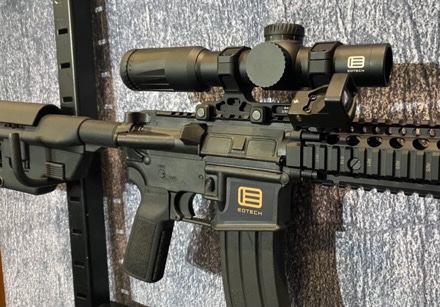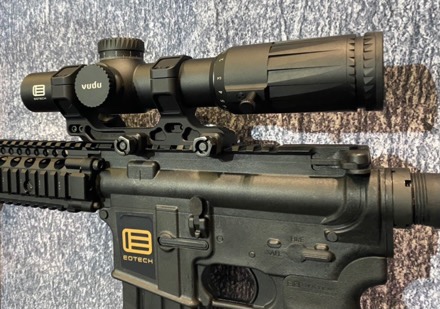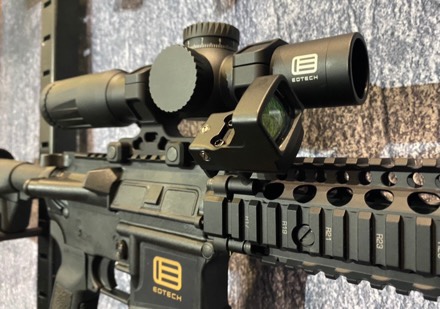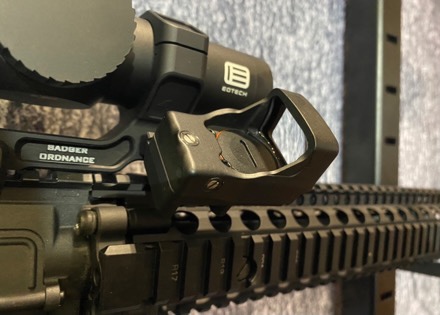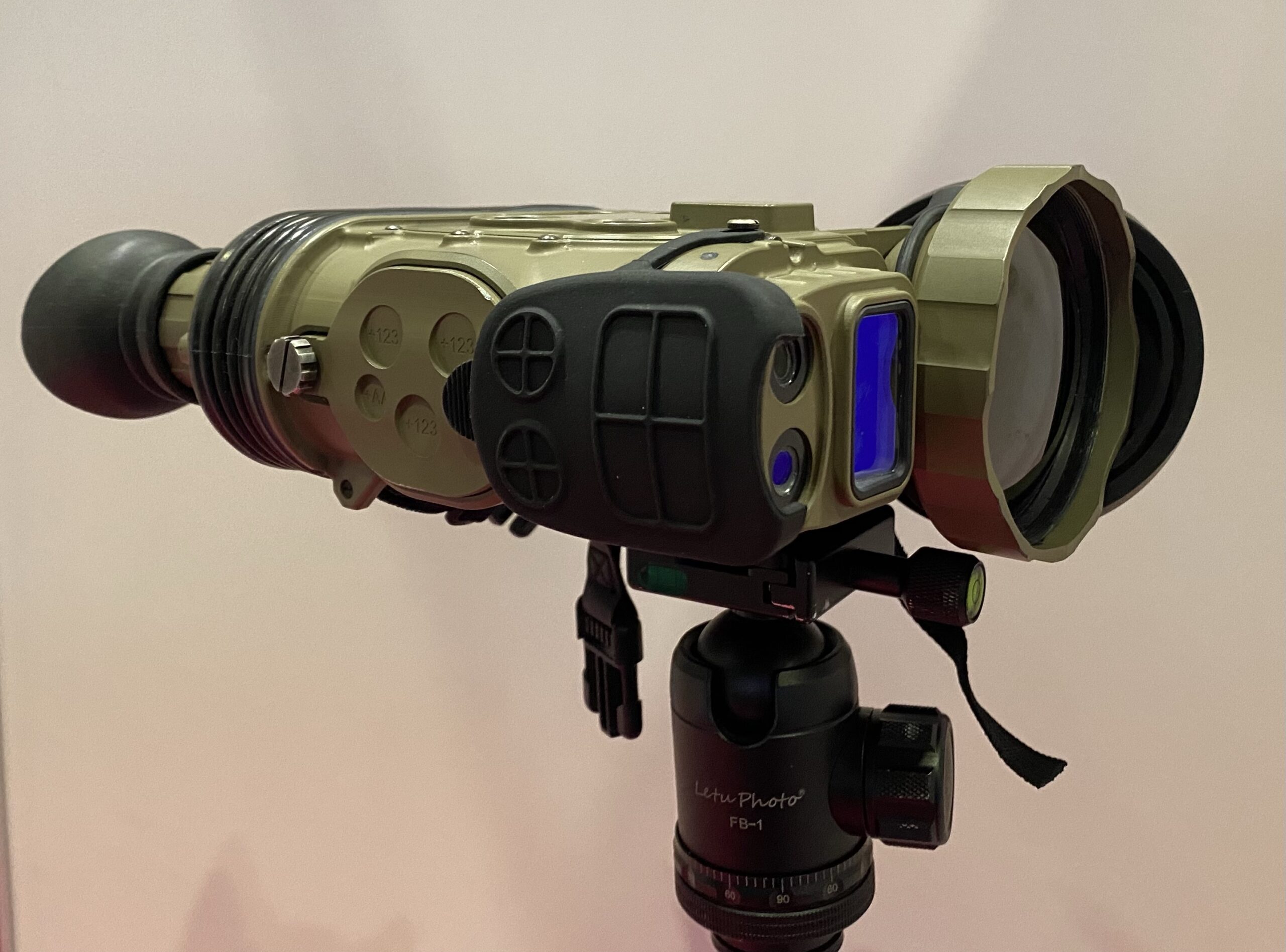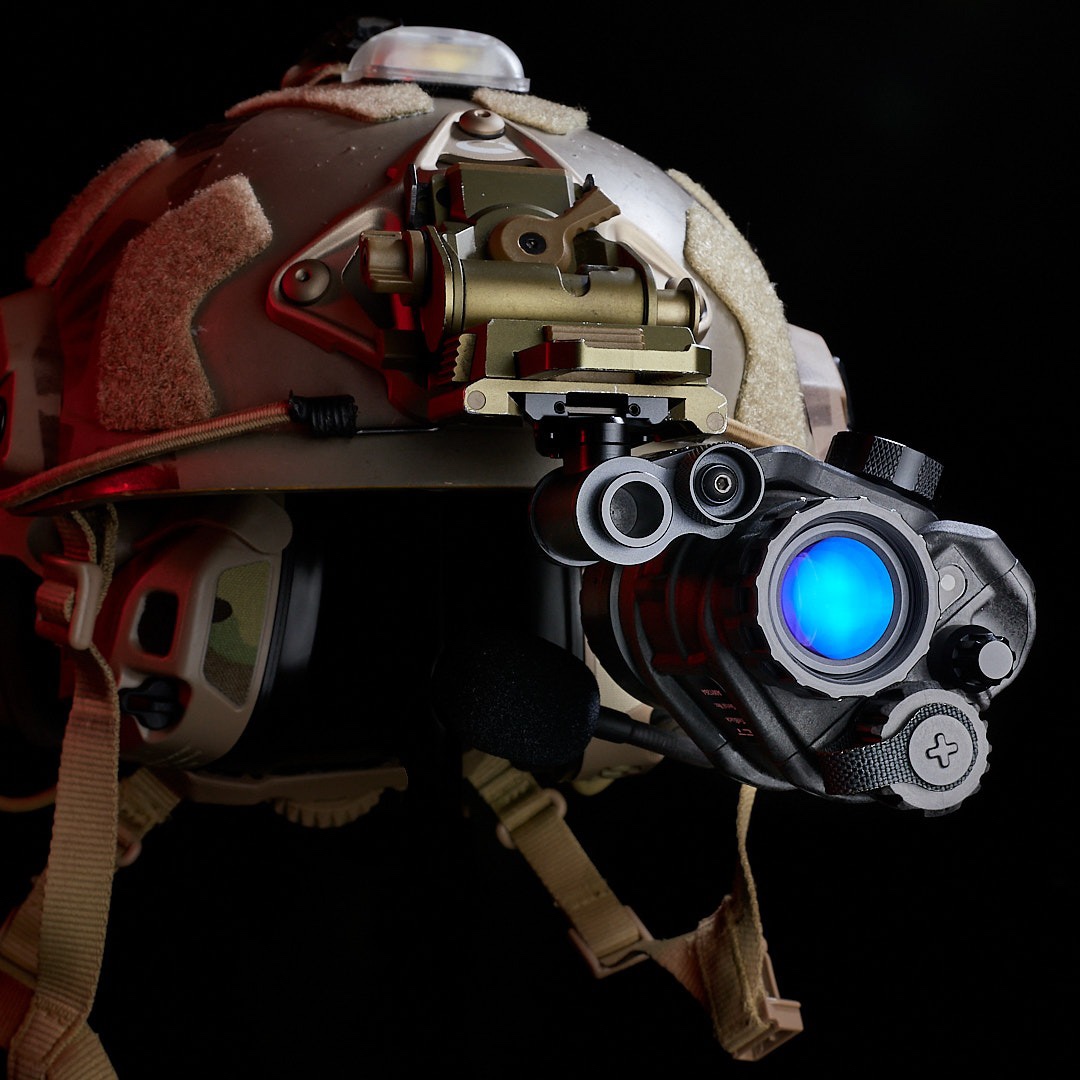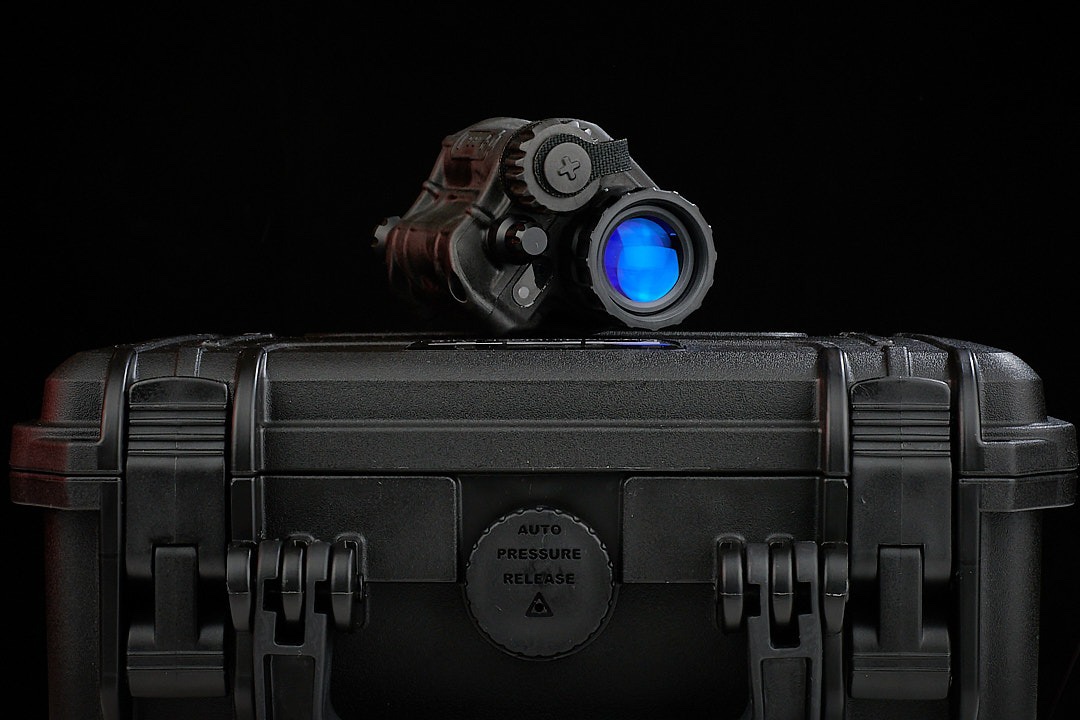TAMPA, FL, August 24, 2021 – Meopta Sport Optics is excited to introduce the new Optika5 2-10×42 PA riflescope with side parallax adjustment (PA) from 10 yards to infinity. This exceptionally versatile riflescope delivers razor-sharp image focus at close ranges – a feature rimfire and air rifle enthusiasts will appreciate – and gives hunters and target shooters the ability to dial in the focus at longer ranges.
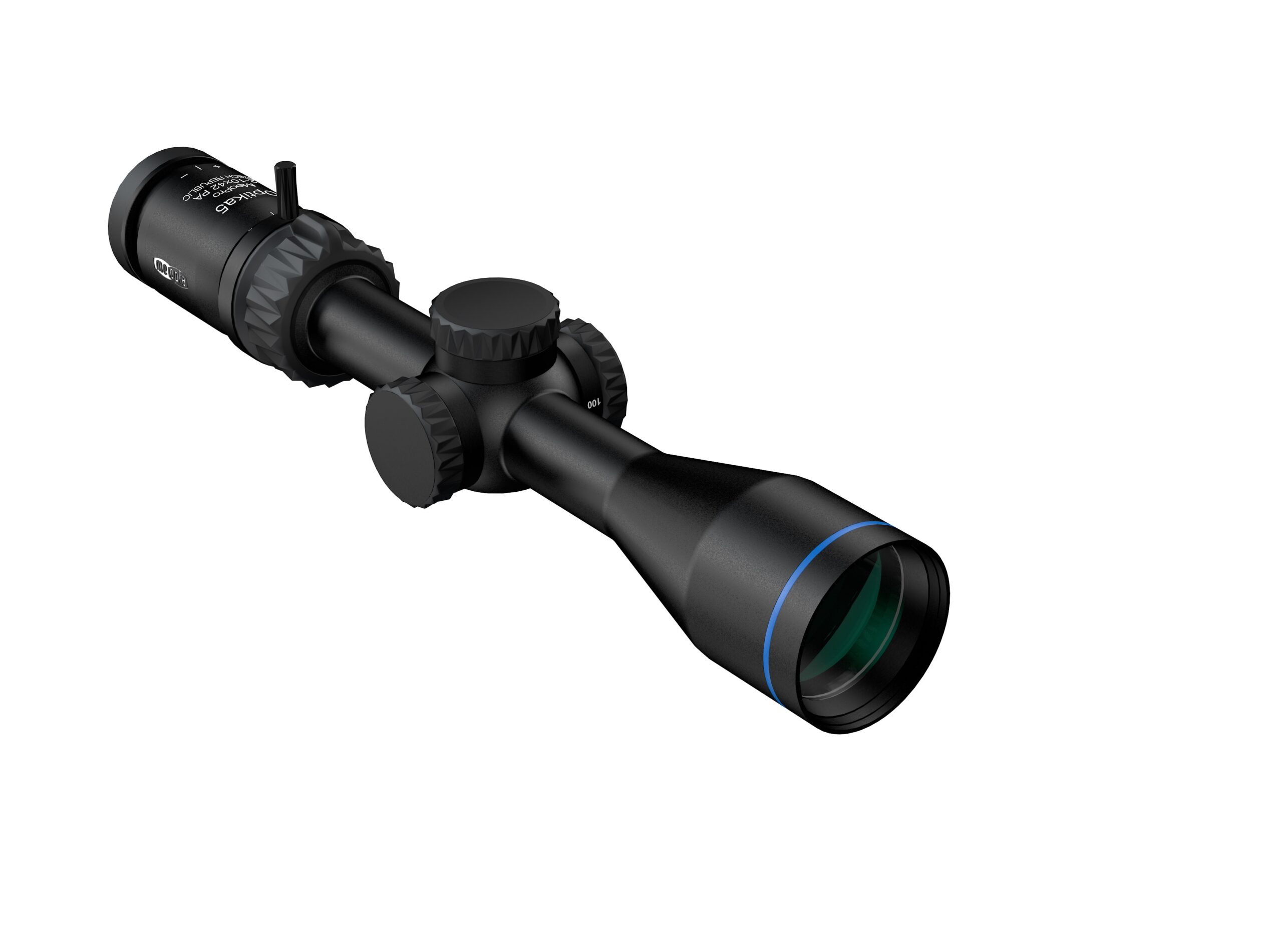
Engineered to withstand heavy recoil, this newest addition to the Optika5 series is also designed for superb performance on centerfire, muzzleloader, and slug guns – making it an excellent choice for hunting a variety of species from varmints to big game. It can be used with the Strelok Pro ballistic app and is built tough enough to handle the extreme bi-directional recoil of spring-piston air rifles.
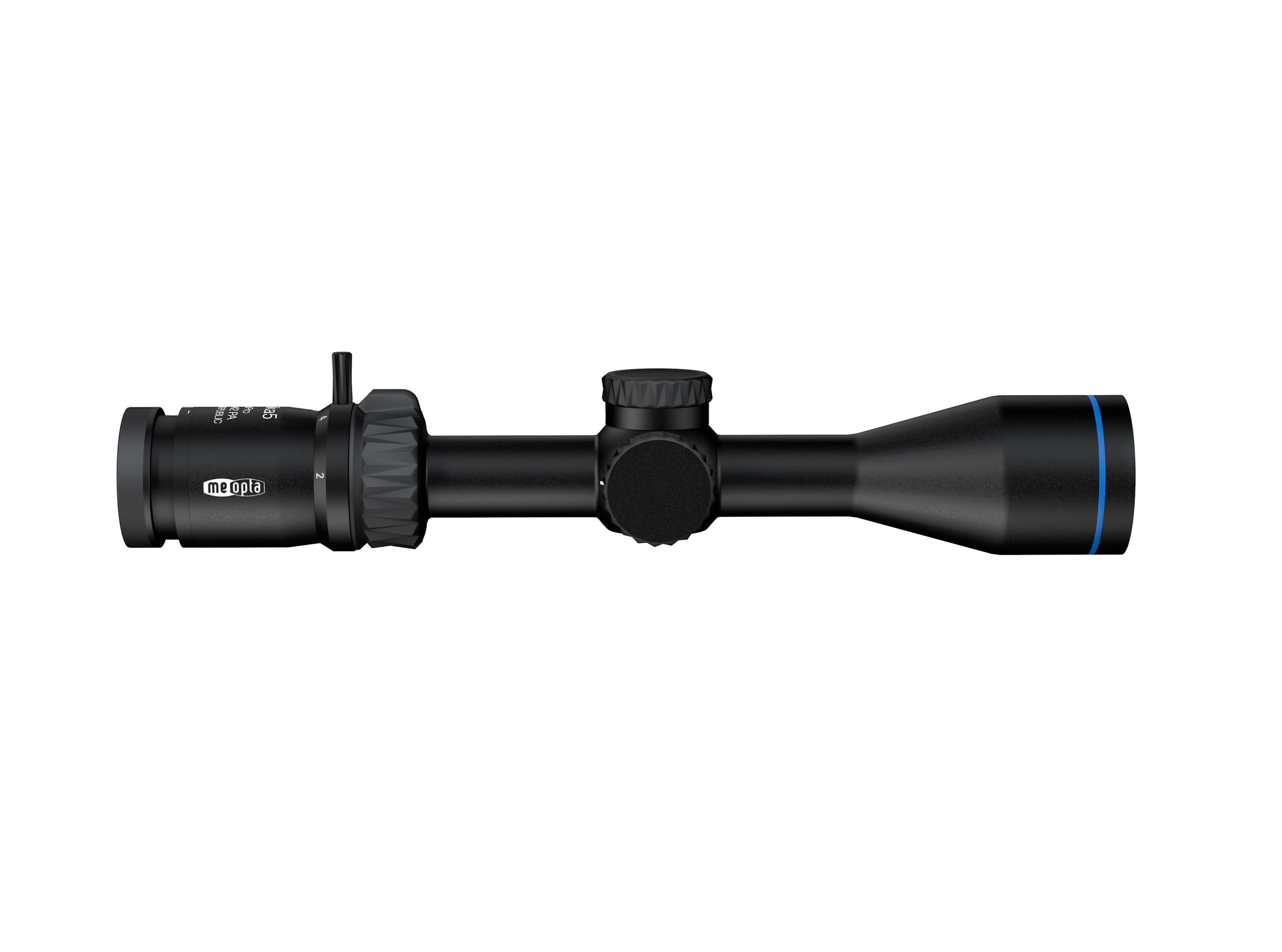
The Optika5 2-10×42 PA features a 1-inch main tube diameter, 5x zoom, zero-reset turrets, and advanced lens coatings for true color representation and unsurpassed low-light performance in its class. Meopta’s proprietary MeoBright lens coating delivers maximum light transmission per lens surface while suppressing reflection and glare, giving hunters and shooters the advantage of crisp images with optimal contrast. Images are clear even in the rain thanks to Meopta’s MeoDrop hydrophobic lens coating which aggressively repels water and makes it easy to wipe off grease, skin oils, and dirt.
Capped hunting turrets are made of rubber-armored metal for the perfect combination of durability and functionality. The rear-facing magnification display allows for easy viewing of the power setting from behind the scope, and the zoom ring comes with a throw lever for quick adjustment of the power setting in the field or on the range. Windage and elevation adjustments are ¼ MOA. Two second focal plane reticles are available – Z-Plex or Z-Plus.
The Optika5 series is also available in 2-10×42, 3-15×44, 4-20×44, 4-20×50, and 4-20×50 RD models. Reticles options for the 4-20×50 RD with illuminated red dot in the center are Z-Plus RD or BDC 3 RD.
All Optika5 scopes are made of aircraft-grade aluminum alloy and feature:
– One-piece tube design
– Zero-Reset turret for quick return to zero
– Zoom ring with throw lever
– Rear-facing zoom display for easy viewing of power setting from behind the scope
– MeoBright anti-reflective lens coating
– MeoShield anti-abrasion lens coating
– MeoDrop hydrophobic lens coating that repels rain, dust, and grease
Like all Meopta optics sold in the United States, Optika5 riflescopes are backed by Meopta’s Lifetime Transferrable Warranty.
Retail Pricing: $349.99
www.meoptasportsoptics.com


